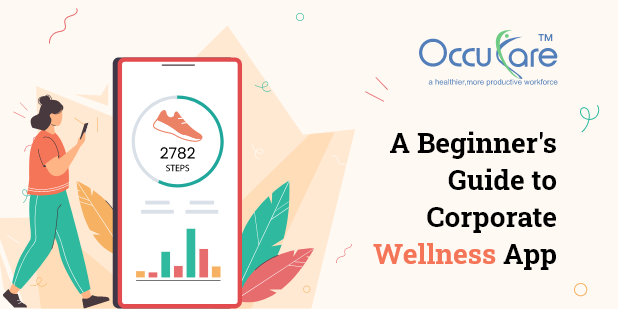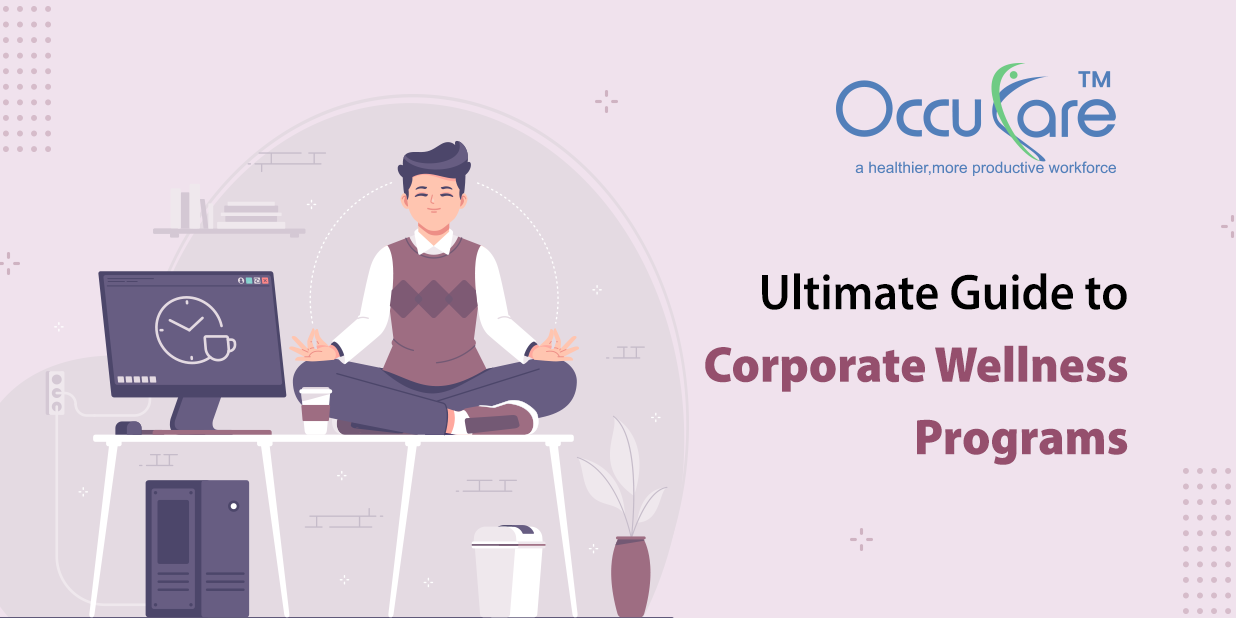Many businesses are reorienting their workplace health initiatives away from a limited focus on health and toward a more all-encompassing approach, although most still rely on technology. Corporate Wellness App with a single primary function to those with a comprehensive feature set and integrations with other HR systems used within the company are examples of tools. HR and wellbeing professionals should have clear objectives to direct their research when looking for a programme to support an employee initiative. The industry for workplace wellbeing has risen recently, and “shiny object syndrome” is a serious risk. It’s also important to consider goods from suppliers whose services are already in demand, including the company’s insurance and HR software providers.
The use of smart devices seems to be another item that has become more prevalent in our time. Almost all tasks can now be completed using a mobile device. Even tasks like heart rate monitoring, fingerprint scanning, etc., may be completed on mobile phones thanks to technically advanced apps now on the market. Due to the increasing prevalence of mobile applications, software engineers now have the ability to create apps that will appeal to the expanding health and fitness trend. As a result, Corporate Wellness applications can assist users in achieving their exercise objectives, monitoring their sleep patterns, making meal plans, promoting weight loss, and other activities. In fact, these Corporate Wellness applications assist individuals believe good lifestyles by serving as artificial assistant trainers. These days, there is a tonne of them in the app store.
What specifications should Corporate Wellness App meet?
To be effective in this incredibly quickly and constantly-evolving market, a well-designed Corporate Wellness app needs to be up to speed with the most recent trends. It must provide special characteristics in addition to the fundamental necessities.
The following 12 characteristics are essential for any Corporate Wellness app.
– Harmonization and Flexibility:
Each fitness app must, first and foremost, be compatible with the majority of devices on the industry. They ought should be able to function on the two most widely used operating systems, Android and iOS. Additionally, as a result of the growth of wellness apps, a number of manufacturers have begun to create wearable technology, such as the Apple Watch, which can simplify the process of tracking one’s health and fitness. The majority of these gadgets should be compatible with health and wellness apps. Since most people want to sync their wearable devices with their smartphones, decent health and wellness software should be able to synchronise with a variety of devices.
– Customization:
Each health app should provide the option to immediately adjust and tailor their routines and goals in accordance with their interests. The app should begin by collecting user information such as height, weight, age, gender, and degree of fitness. The app should question users about their exercise interests and objectives after recording the data, and it should then give advice on how to help them reach those goals. Since users may have varied aims and interests and will want to educate in accordance with their needs, the ability to personalise and customise is crucial. Additionally, because it meets their specific demands, this capability will make the app incredibly essential to the client.
– In-App Alerts:
Alerts should really be able to remind users of their workout or food schedules in a Corporate Wellness app. Incredibly busy folks who could neglect to exercise or have a meal may find such a function to be of tremendous benefit. This feature has the potential to change the games for application developers looking to boost user engagement, but it also has the potential to kill it. If the notifications are received too frequently, people may become irritated and choose different options. Developers must take into consideration that this functionality shouldn’t be overly repeated in order to prevent user annoyance.
– Web-based consulting:
Consumers would wish to get their questions answered by a professional because they can be novices with no background in fitness or diet. As a result, a well-made Corporate Wellness program should give users the option of seeking advice from professionals online at any time. Additionally, this functionality may make it possible for dietitians and fitness trainers to provide their services to users. Additionally, if users are being guided by professionals, they will feel confident and motivated to complete their instruction.
– Measures pulse rate:
We may now assess our cardiac activity using wearable technology or fitness applications thanks to the sophisticated technology available in this day and age. This function keeps track of our heart rates and alerts us if it notices something unusual. In accordance with our vital statistics, it also suggests the appropriate heart range. For instance, Occucare with App uses the smartphone camera to determine a user’s heart rate. The user’s pulse rate is then measured once they touch their finger on the camera’s lens. This cutting-edge feature, which may be employed with wearables, can be beneficial in identifying heart problems.
– Board of leaders and chat:
A key feature for Corporate Wellness apps is a leader board element. It keeps consumers checking in and engaged while encouraging them to stay active offline. This tool can take advantage of a user’s natural competitiveness by comparing them against their peers, co-workers, and family members. Users may exert more effort to reach their objectives when they are competing with others for ratings. Additionally, being able to follow the development of other individuals is much more sufficient to encourage and motivate others. Additionally, a chat option might be very helpful because it will let users communicate with one another about their training progress.
The focus on health promotion is growing among businesses looking to increase revenue and worker satisfaction. Why? Because better health and well-being result in higher production, more focused employees, and reduced costs for the employer’s healthcare coverage. Wherever we go, including the office, we all make decisions about our health and wellness. You can boost participation in your programme and encourage greater employee health by integrating the correct Corporate Wellness applications into your workplace wellness programmes. Additionally, happier workers contribute to a healthier bottom line.





